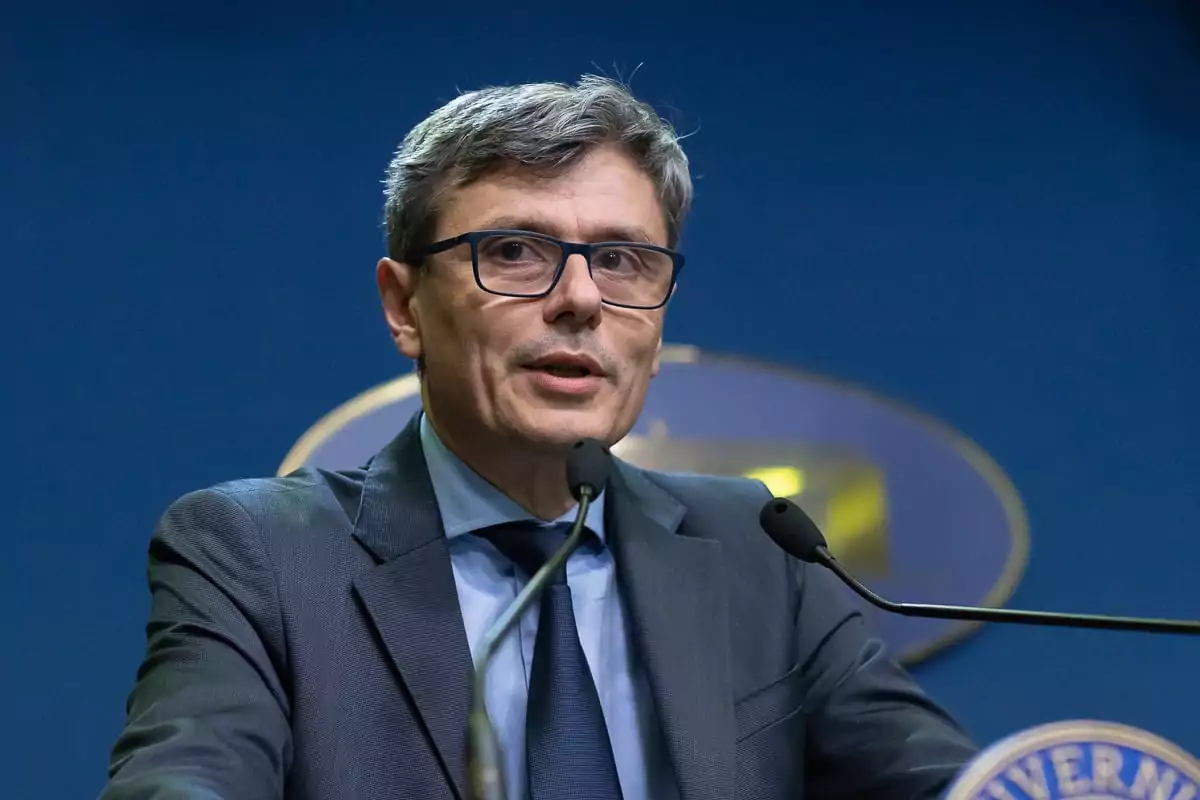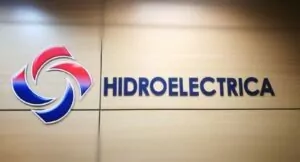The budgetary effort to offset energy bills will be covered this year from the additional dividend of Hidroelectrica, which is 800 million lei, and for gas there is also a source of funding from the tax on additional income from price deregulation, said Wednesday evening, Energy Minister Virgil Popescu, quoted by Agerpres.
Urmărește mai jos producțiile video ale Economedia:
- articolul continuă mai jos -
“The budgetary effort this year is fully covered only from the additional dividend of Hydroelectricity, which is 800 million lei. It was an additional dividend because Hidroelectrica and Nuclearelectrica are the two companies that do not pay CO2 certificates, have lower production costs, but sell at the market price, which is given by the highest market price. The highest price in the market is for coal-fired power, because there you add another 60 euros, last month it was 55, the cost of CO2 certificates. The money is there. For gas we also have a source of financing from the tax on the additional income from the deregulation of the gas price, where above 85 lei (per MWh) the income is taxed at 80%. However, the revenue to the state budget from the tax on additional income has practically doubled”, Virgil Popescu explained on TVR1.
The minister stressed that there is no question of there being no money, because money is collected for the budget, but it “must reach the Romanians, to compensate for the increase in prices”.
“I said that it is normal to leave the market free, the price should be set freely. It’s a conjunctural market situation at the moment. I don’t think it will be for very long for natural gas. Money is collected in the budget, but it should not be left in the budget. This money must go back into a fund,…but it must reach the Romanians, to compensate for this price increase. And we want to do the same for SMEs”, said Virgil Popescu.
On Wednesday, he presented a draft ordinance with a compensation scheme for electricity and natural gas bills for domestic consumers at the first reading of the Government meeting.
“For the gas bill things are simpler. We are talking about a percentage compensation, a fixed percentage of 25% of the gas bill for customers with a consumption between 100 and 1,200 cubic meters per year. Between 100 and 300 cubic meters we are talking about a studio flat, between 300 and 600 we are talking about a two-bedroom flat, between 600 and 900 a three-bedroom flat, between 900 and 1,100 an apartment or house up to 100 square meters, and between 1,100 and 1,200 a house up to 120 square meters. Basically we are talking about average incomes. We have tried to find a very simple way of implementing this compensation, so that people are not put on the spot to get income statements, to prove that they have an average income. We put a tie between average income and average consumption. For example, for a three-bedroom apartment, we are talking about compensation for the total winter period of 404 lei,” explained Popescu.
He added that, according to the data, of the total winter consumption, 13.6% is consumed in November, 18.2% in December, 19% in January, 16% in February and 12.7% in March, with winter consumption accounting for 65% of annual gas consumption.
For electricity, Virgil Popescu said, there is another compensation model, taking into account the lowest reference price on the market, 0.64 lei per KWh, and the weighted average price on the electricity market, 82 lei/MWh, the difference of 0.18 lei to be compensated by the state for those with consumption between 30 KWh and 200 KWh.
He pointed out that suppliers, at the end of the billing period, will automatically have this compensation on their bill, will draw up within 15 days a centralized statement with all the customers they have in their portfolio and will give a declaration to ANAF, and there this amount will be reimbursed from the taxes they will pay to the state budget.
“We have aimed to adopt it (GEO No.) at the beginning of October, to have this implementation deadline as well, so that we can have it operational on 1 November. It is not very difficult to implement,” the minister said, noting that 5.2 million households (60% of the total number of households), i.e. 13 million Romanians, will benefit from this measure in the case of energy, and 2.3 million households, out of a total of 3.6 million connected to gas, i.e. 5.8 million Romanians.
Edited for English

 Sursa foto: Facebook
Sursa foto: Facebook





























